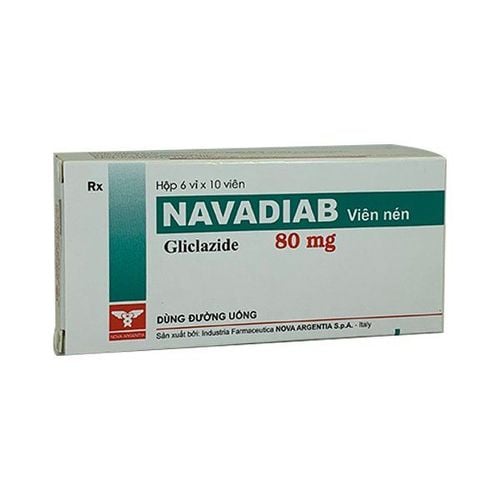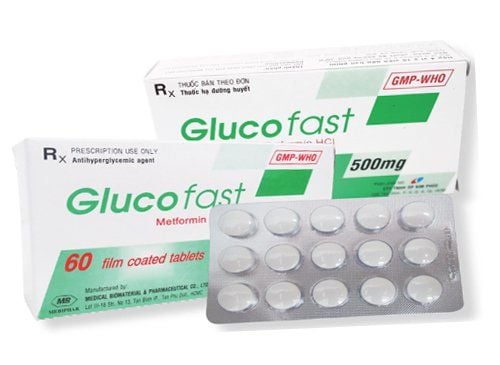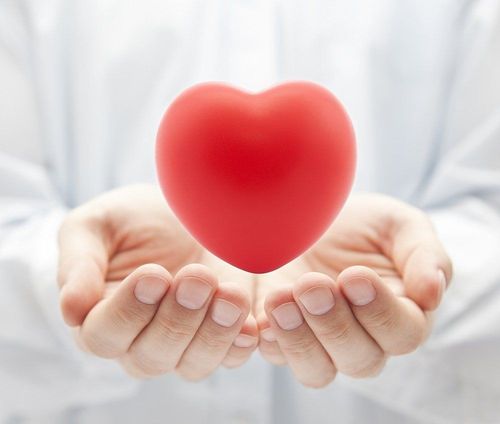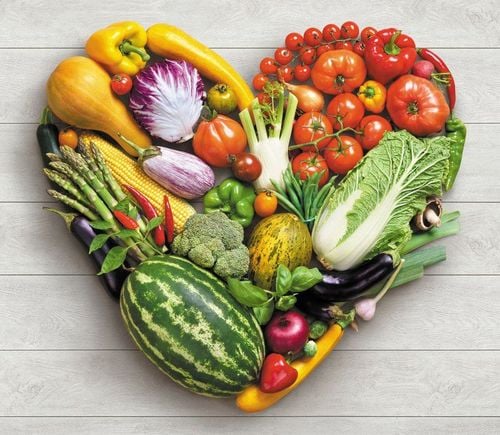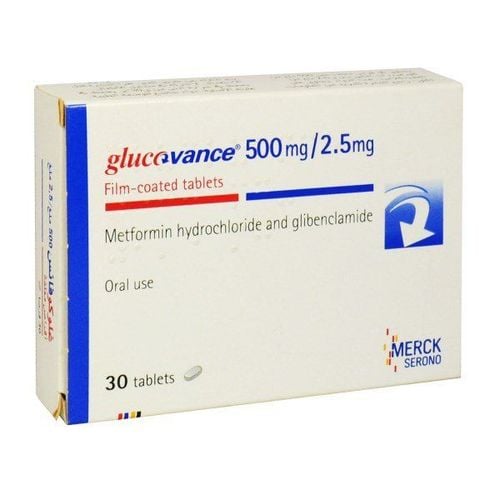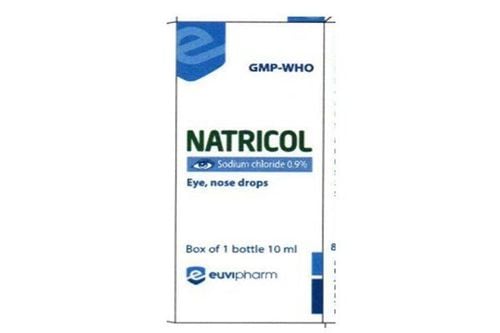This is an automatically translated article.
Foods high in fat, salt and sugar are usually not essential in the diet. Therefore, if we use it, we should only eat it in small amounts and infrequently.
1. Why should you cut down on foods and drinks rich in fat, salt and sugar?
In the UK, most people are eating too many foods high in saturated fat, foods high in salt and drinks high in sugar, so it is important to cut these ingredients out of their diets. It's important to remember that foods, drinks that are high in fat, and foods high in sugar often contain large amounts of calories. Especially if you eat large portions of food, it may increase your risk of obesity.
2. Sugary foods and drinks
Foods that are classified as high in fat, high in salt and sugar include:
Chocolate and sweets Cakes and cookies Pudding and cakes Jam, table sugar, syrup and honey Salty snacks such as potatoes Crispy fries and crackers Rich sauces and gravy

Bơ và bơ sữa thuộc loại thực phẩm giàu chất béo, nhiều đường
Butter and dairy Ice cream and mayonnaise Fried foods including chips, sugary soft drinks
3. Fatty foods and drinks
The type of fat in the diet is just as important as the amount of fat it contains. In the UK, we need to reduce the amount of saturated fat found in butter, ice cream, cheese (especially hard cheese), coconut cream, coconut oil, palm oil, some processed and fatty meats, pies , cookies, cakes and pastries.
Saturated fats can raise blood cholesterol levels and increase your risk of heart disease and stroke, so it's important not to eat too much. UK health guidelines recommend that, on average, a woman should eat no more than 20g of fat a day and men no more than 30g a day.
The amount of saturated fat that children eat is less than adults, but it is important to remember that a low-fat diet is not suitable for children under 5 years of age.
4. Sugary foods and drinks
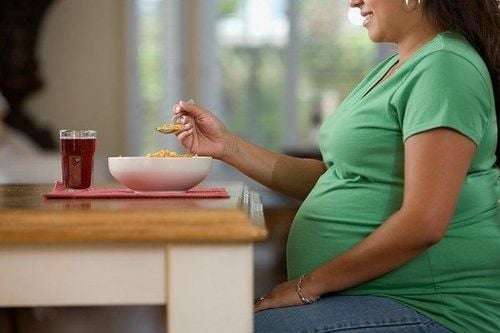
Thường xuyên ăn thực phẩm và đồ uống có chứa một lượng lớn calo dễ dẫn đến tăng cân, béo phì có thể làm tăng nguy cơ mắc bệnh tim
On average, children and adults in the UK eat too much free sugar. In fact, about 2-3 times the recommended maximum amount of sugar.
Free sugars include all added sugars in foods and beverages in any form including table sugar, honey, syrups and nectar, as well as sugars found naturally in fruits and vegetables and beans (e.g. soybeans, chickpeas) that have been pressed, pureed or made into a paste. Added ingredients such as lactose and galactose are also considered free sugars.
Much of our sugar comes from sugary drinks, especially for teenagers, who get almost a third of their sugar from drinks.
Regularly eating sugary foods and drinks can increase the risk of tooth decay, especially if eaten between meals and not brushing regularly.
These foods and drinks can also contain a large amount of calories, so eating them too often and in large quantities can lead to weight gain, obesity, which in turn increases the risk of heart disease and type 2 diabetes.
The government recommends that free sugars make up no more than 5% of daily calories. This equates to approximately:
Children 4 - 6 years old: 19 grams Children 7 - 10 years old: 24 grams Over 11 years old: 30 grams
5. Salty foods and drinks
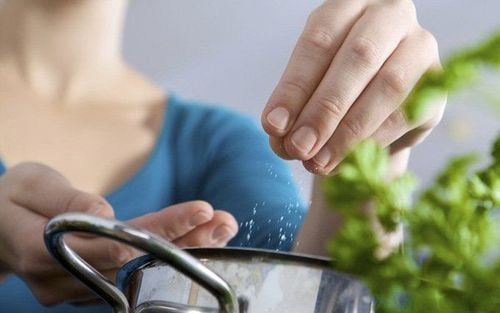
Ăn quá nhiều muối có thể làm tăng huyết áp
In the UK, people also eat too much salt. While the maximum recommended intake for adults is 6g per day (about a teaspoon), the average British intake in 2014 was 8g per day.
Eating too much salt can raise your blood pressure, making you more likely to have heart disease or stroke. So our health will benefit from cutting.
People often have the habit of adding salt to food and even before tasting it, however this is not necessary. Because your food can be delicious without salt.
However, this doesn't just include the salt you add to your food yourself. In fact, it is estimated that 75% of the salt we eat is already in everyday foods such as breads, breakfast cereals and ready meals.
6. Some tips to help you make healthy food choices
First, looking at product packaging can help you choose foods and drinks that are lower in saturated fat, salt, and sugar. Besides, pay attention to the ingredient list in the food. Ingredients are listed in descending order of weight, so if an ingredient such as 'sugar' is listed at the top of the ingredient list, the product may contain more free (added) sugars. compared to a product with 'sugar' listed at the bottom of the ingredient list.
Furthermore, there are also many other ways you can cut down on saturated fat, salt and sugar:
6.1.Top tips for cutting saturated fat
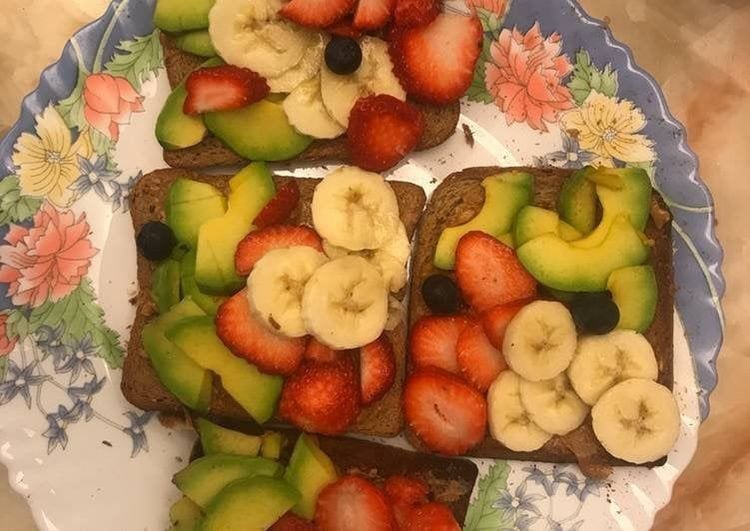
Muốn cắt giảm chất béo bão hòa bạn nên chọn bánh mì trái cây thay vì bánh sừng bò
Choose spreads and oils high in polyunsaturated and monounsaturated fatty acids such as canola, olive, sunflower, soybean, safflower or flaxseed oils - not coconut or palm oils. If you use spreads, choose lower-fat/reduced ones for daily use.
Choose fruit pies, fruit breads or hot pies instead of croissants, cakes or pastries. Instead of fried or roasted foods, choose boiled, steamed, grilled, or oven-baked versions. For example, fries or seasoning instead of chips and rice cakes or baked snacks instead of crisps. Choose lean minced meat or lean, low-fat meat, and remove visible fat from the meat before cooking. Remove the chicken skin before cooking. Instead of sour cream or crème fraiche, don't try fromage frais or low-fat plain yogurt. Swap high-fat salty snacks like sausage rolls and pork buns for oatcakes or nut crackers 6.2. Top tips to cut sugar In case you like carbonated drinks, why not try diluting juice with carbonated water and opt for diet drinks if possible.
If you use sugar in hot drinks or add sugar to breakfast cereals, gradually reduce the amount of sugar until you can cut it out completely or try using a low-calorie sweetener. Instead of using sugar or honey in your porridge? Why not try mashing a banana with a dash of cinnamon. Instead of spreading marmalade or honey on toast, try low-fat spreads or sliced bananas. Instead of cakes, chocolates, cookies and desserts, choose some fruit. You can try pineapple, banana or grape, as they are naturally sweet. Choose fruit boxes in juice rather than syrup. Choose breakfast cereals that are not laced with sugar or honey. Swap cookies for oatcakes, oat crackers, or unsalted rice cakes, which also provide fiber.
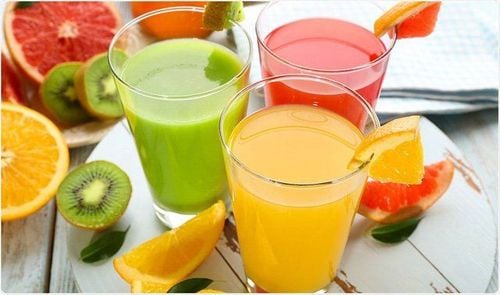
Bạn có thể pha loãng nước trái cây với nước có ga nếu bạn thích đồ uống có ga
6.3. Top tips for cutting back on salt To add more flavor to your meals, try to replace salt with pepper, herbs, and spices.
Instead of using gravy pellets or granules, why not make your own from scratch or use low-salt versions. Use fresh ingredients like tomatoes and garlic to make the sauce instead of buying pre-made jars. When shopping for canned vegetables and beans, choose those with no added salt. Try unsalted snacks, such as unsalted popcorn or unsalted nuts. In fact, many studies have shown that foods containing a lot of sugar and salt are not good for our body. Not only that, these 2 spices are also the cause of many other health problems such as: heart disease, high blood pressure...
A healthy diet plays a very important role in protection. human health. Therefore, in order to build a safe and healthy diet, you can go to Vinmec International General Hospital to register for a general health examination in combination with counseling and developing an appropriate diet. from qualified doctors.
Please dial HOTLINE for more information or register for an appointment HERE. Download MyVinmec app to make appointments faster and to manage your bookings easily.
Reference source: nutrition.org.uk




